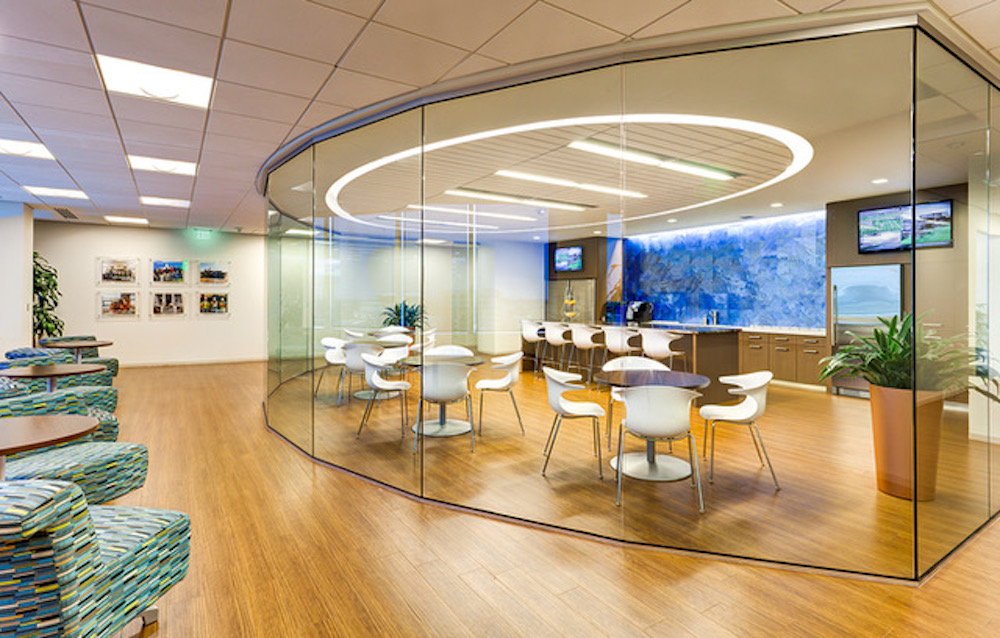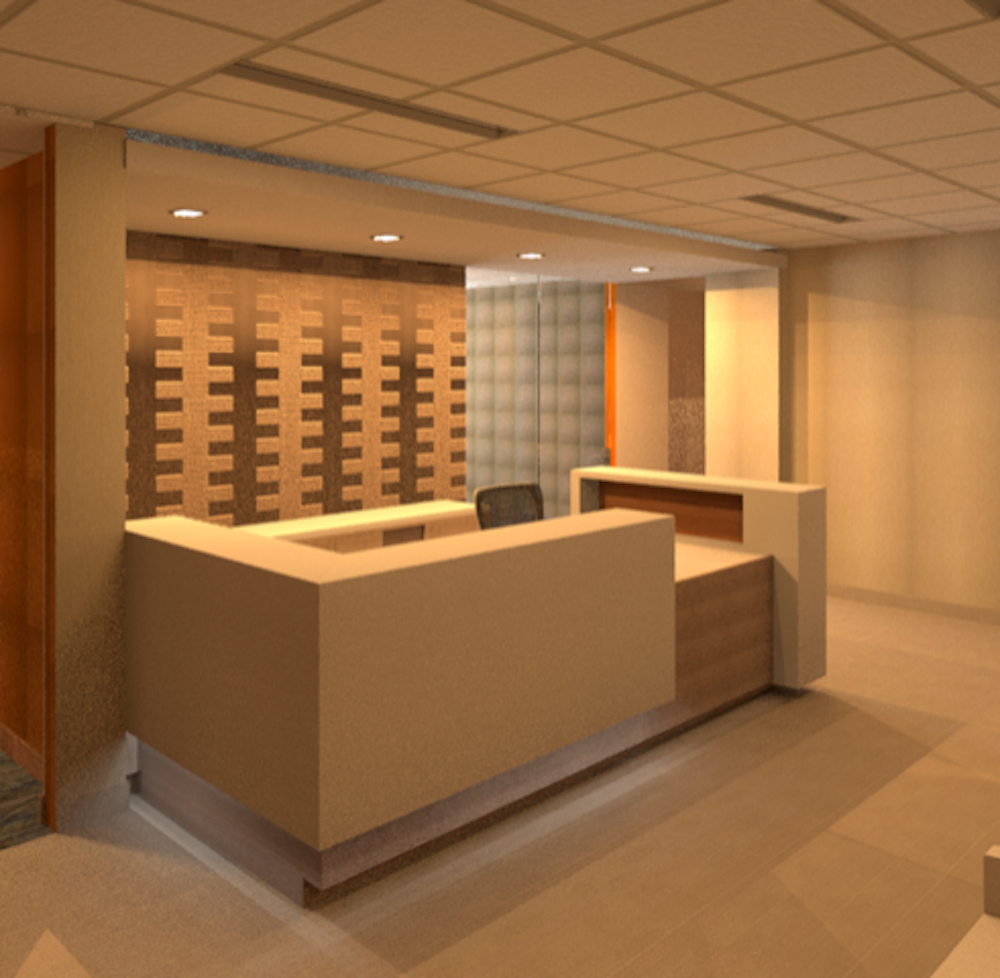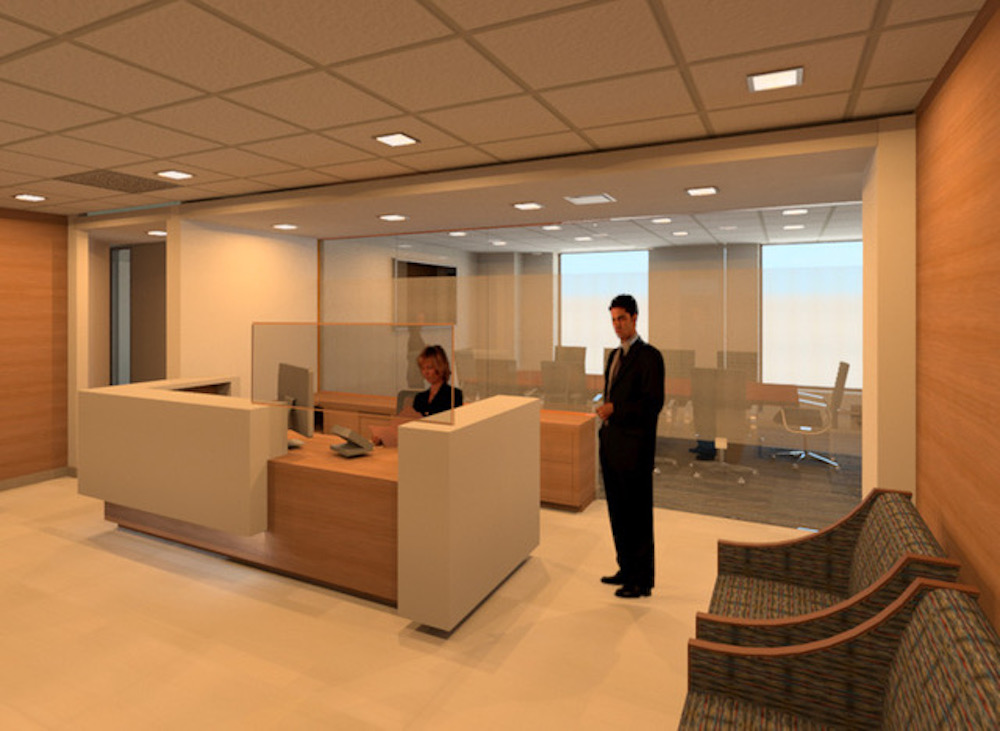In our eagerness to return to “normal”, designers and business leaders need to pause and ask: are our considered changes a reflection of our knowledge of this virus or our fear?

The office, as we know it, is ripe for upheaval. While companies are reevaluating the role of the office after a long period of remote working, it’s important to be mindful of whether we might be risking wellness in the name of safety. Designers will play an important role in the prevention of contact transmission of disease in the workplace. As professionals entrusted with the responsibility of designing environments that support the health, safety and welfare of the users, designing passive and active solutions to minimize the transmission of contagious disease is not only a necessity, it is our responsibility. In our eagerness to return to some semblance of our pre-pandemic ways, designers and business leaders need to pause and ask: are our considered changes a reflection of our knowledge of this virus or our fear?
As restrictions are lifted and economies reopen, some workers will return to an office augmented to discourage virus spread. And some workers will continue to work from home.
According to a study by the Society of Human Resources Management, 17 percent of HR leaders report that working from home policies will continue beyond the pandemic. Working from home was gaining acceptance before, but COVID-19 has proven its widespread viability. It has shifted the role of management from daily oversight of work activity to a focus on quality of completed work – sowing mentorship, trust and confidence. It has triggered reductions in carbon emissions and practically eliminated traffic congestion and parking supply issues. By changing the way we work we have shown that we can be leaders in creating a more sustainable environment.
Even with the benefits of remote working, the need for the office still exists. More than just a place to do work, the office has become the physical manifestation of the company “why”— a place where organizations reflect and convey their purpose. The centralized work environment of a company’s office is a vessel that helps define and reinforce the values, mission, vision, brand, and culture of the organization, while also supporting the human needs that motivate us to work better: autonomy, achievement, esteem, affiliation, and purpose. The personal, physical, and emotional engagements that happen in an office create deeper connections that embody the company vision and its community – these also support effective communication and teamwork when working at a distance. Even for remote workers, time spent in the office will continue to be important for experiences such as onboarding and team-building.

As companies begin to bring workers back into the office, knee-jerk reactions to OSHA’s guidelines have resulted in more than calls for social distancing. Before installing more partitions and plexiglass shields, companies should stop and reconsider what we know about the virus and fully survey the technological and operational tactics and tools available.
Based on the material, the virus can live on surfaces for up to four hours. Is adding more surfaces by creating physical barriers really the best solution to this challenge? More surfaces require more cleaning and they create more opportunities for contact transmission of the virus. The virus lingers in the air for three hours. Face masks—if worn by everyone—greatly diminishes virus transmission rates. But, even with face masks, we still need to practice the social distancing requirement of at least six feet from each other. With airborne virus concerns, fresh air and access to nature or the outdoors offer respite from the circulated air.
The changes you make now will go a long way toward providing the psychological safety that workers will need to feel ready to return to the office. In many office environments, there are up to five generations of workers and, for COVID-19, some will be at higher risk for infection than others. Generational norms also affect how those workers respond to new design considerations. Workers previously comfortable with the cubicle may wax nostalgic for the good old days. Younger staff, educated and assimilated to the collaborative open concepts may feel stifled if walls separating people and functions are introduced. Careful consideration of the impact of design changes are a must in order to minimize the potential for harm to the cohesion and values of the workplace.


Common and high traffic areas
Evidence shows the transmission of viruses is greatest with physical contact. Clearly defined and communicated cleaning processes and the use of anti-virus technologies are important, but minimizing contact is the key in the reduction of the spread of the virus. Carefully consider the location and design of the office entry and receiving for staff, visitors, and deliveries. Building lobbies could feature entry vestibules, allowing for decontamination zones. Some flooring material including vinyl, LVT and rubber should be considered for wider use due to it’s cleaning and durability characteristics. Anti-microbial materials high pressure laminates, solid surface acrylics, quartz and stainless steel minimize the chance of virus growth. Modifying traffic patterns and access points where possible to minimize opportunities for contact transmission separating amenities to the perimeter of the office should also be considered.
Technology
Technology will also play a significant role in the re-imagining of the workplace. Body temperature scanners are available to discourage sick staffers from coming to work and detect the ones that do. Perhaps now is the time to invest in more robust HVAC and building systems that provide cleaner air and better circulation. Smart electronic locker systems that allow employees to shed and store jackets, commuting shoes or other items that may bring contaminants in from public spaces are trending as amenities in residential and commercial facilities. Equipment and systems controlled by voice command or hands-free will become the norm.

Wellness amenities
If the “new” workplace includes more remote working, how can companies ensure that an employee’s remote work environment supports them to do their best work? Office designs are increasingly focused on wellness as an important and necessary investment. Strategies that are implemented in the office to facilitate wellness should be duplicated in remote locations. Design and furnishing elements, including ergonomic furniture, biophillic design concepts, natural lighting and electronic lighting supporting circadian rhythms are things to be considered as we extend wellness goals outside of the shared office.
In the centralized office, companies can make an overall emphasis on good health by encouraging exercise, healthy foods and a focus on psychological wellbeing awareness can support a more resilient staff. Meaningful active and passive amenities that are essential for employee wellness have become recognized necessities in successful work environments, but now must be re-thought as we overlay the need for safety and employee engagement. Rather than a single large amenity like a large break room or gym, new design concepts might consider multiple smaller ones, allowing for smaller gatherings and access. Certification standards like WELL are good guides for human-centered design, but in the high-stakes time of a pandemic, designers might consider adding health practitioners to their consultant list.
Companies have many options to consider as an overlay to existing workplace strategies. As designers, we need to approach this problem carefully, with deep consideration for wellness and the humanity of our workers. Tangentially, we must support, value, and celebrate the office itself. By thoughtful consideration of the nature of work, the health and safety of the worker and the mission and values of the organization; the new workplace will become a place where people want to be – even when they don’t have to be.

